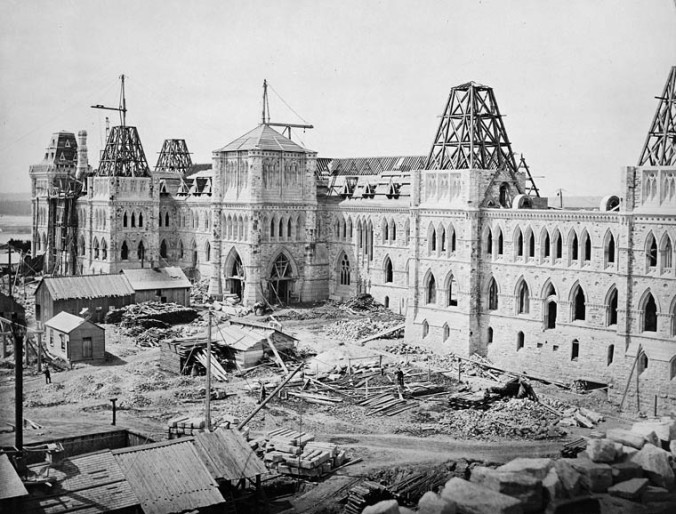As we continue on with life and studies, it’s important to think back on what we learned and also what lies ahead. The importance of internationalism and globalization are growing more and more important as ease of communications and travel cause more cross-cultural interactions to occur. Because of these interactions, I think it’s more important than ever to think back on how we viewed medievalism at the start of the class, how our view of medievalism has changed, and how our class remained limited in its scope of discussions of the medieval in our international world.
Class started with a variety of different definitions and viewpoints about what the medieval period really was and vague notions that it had something to do with disease, and knights, and peasants, and kings. The medieval was the Dark Ages, King Arthur, and the Vikings. It was something both real and fictional and completely confused at the beginning.
I would like to think that through the course of our discussions in class, the medieval (or at least our understanding of it) grew and refined itself. The Dark Ages weren’t really as dark as people make them out to be, stories centered around the “medieval” are usually in some way a commentary of the author, and often reflect a strange mix of both the wishes and the critiques of both the past and the present. Eaters of the Dead and How to Train Your Dragon played with ideas of Vikings whilst simultaneously commenting on modern values and views of the medieval past in different ways. Both show Vikings as large, crude smelly guys with horned helmets and a love of battle. They both also comment on intercultural relations, and how uncomfortable or dangerous the Other seems because of the difference in practices. One plays with storytelling narratives and seems to follow many of the traditional values associated with Beowulf and other heroic epics, while the other introduces a character that supports very modern values of inventiveness, cleverness, and teamwork. Because of the contrasts of these works, and the other works we looked at in class, our understanding of the medieval world changed as our view of what is medieval expanded.
However, our view of the medieval is limited by Western perceptions of medievalism. As we are living in an international world, we need to expand our view of medievalism beyond the Euro-centric view and realize that other countries existed and actually flourished after the fall of Rome. We need to realize – both in the present day and looking back at global history – that there are six other continents that Western history does not even consider when writing its narratives. Japan’s Heian period (794-1185) is considered as one of the most culturally rich periods for Japan. Assigning values of barbarism, knighthood, or other strictly Euro-centric ideals in a global context to all history will only create problems and misunderstandings. In order for us to move forward in this international world, we not only have to look back and understand how European medievalism affects the Western past, but also look at how the rest of the world sees their past and how that past affects their present.



 What I’m trying to argue is that Zucker does in fact posses some directing chops and should not be discounted or rather blamed for the films quality.
What I’m trying to argue is that Zucker does in fact posses some directing chops and should not be discounted or rather blamed for the films quality.

You must be logged in to post a comment.